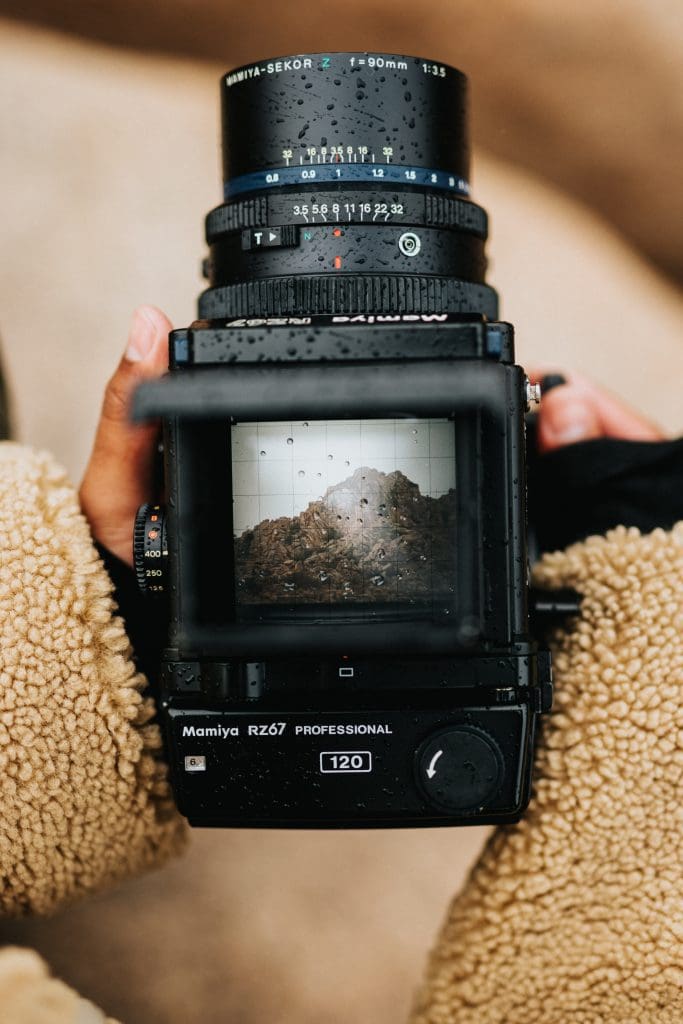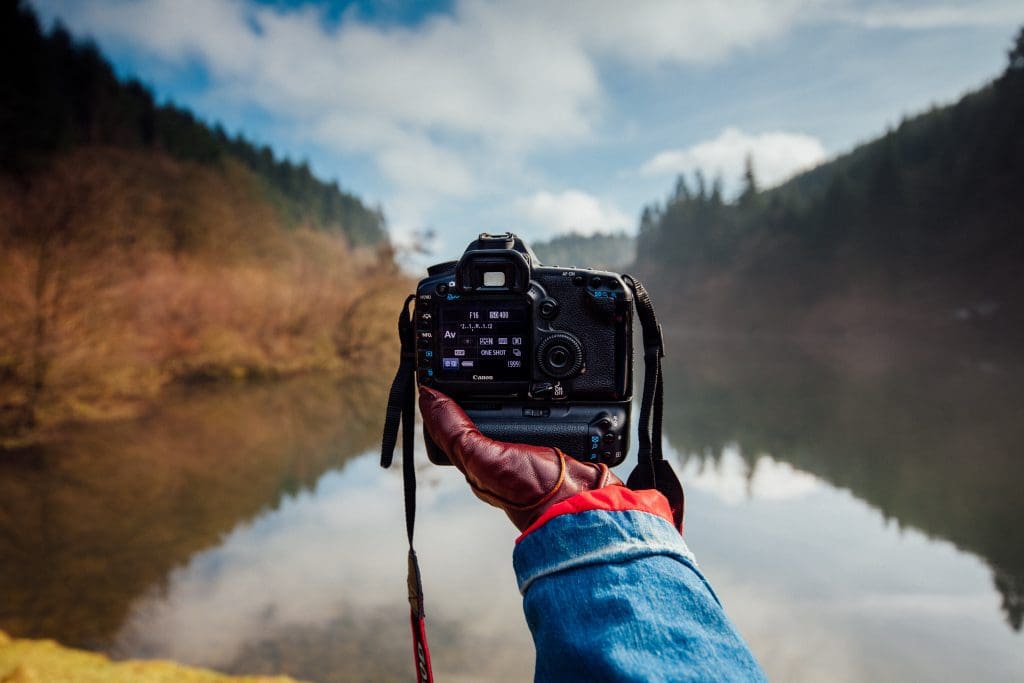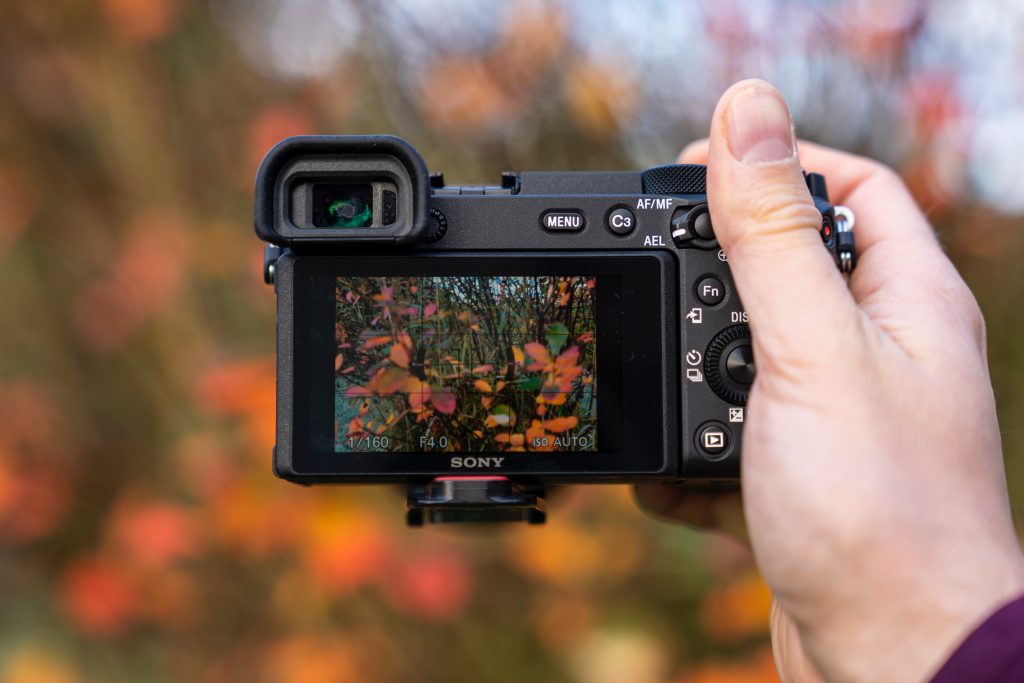Camera gear is designed to function at moderate temperatures. However, no photographer will wait for the perfect weather conditions to get outside and take pictures. Furthermore, some subject matters are available only in extreme weather conditions (e.g., glaciers, polar bears). Others change their aspect and provide fresh perspectives, colors, and moods.
Although taking great pictures comes first, the safety of your gear comes second. Check out the most common effects of cold weather on your camera gear and learn how to prepare and protect your equipment.
Camera and Lens Develop Condensation
The camera and lens may develop condensation when you move from a cold place to a warm one. The abrupt change in temperature causes moisture to gather inside the devices. It’s a small amount of water, and in most cases, it is inoffensive. However, condensation can cause mold or fungus, damages to electrical components, and corrosion. As you can’t wipe the interior of the gear, it’s better to avoid getting condensation in the first place.

Photo by Nathan Dumlao on Unsplash
Solution: Change the temperature of the camera gradually. DoDon’twitch quickly from low to high temperatures, or vice versa. Assure a constant temperature for your camera and lens.
The Battery Discharges Faster
At cold temperatures, the battery will discharge faster. It won’t hold its full charge even when not used. In time, this accelerated discharging can damage the battery. Not to mention that it may be very annoying to lack battery when you are in the middle of your photo session. ItIt’sven worse when the battery discharge on the way to the photo shooting location.
Solution: Use a battery grip. Make sure you keep the extra batteries in a warm place (e.g., a padded bag, a pocket next to your body).

Photo by Thom Holmes on Unsplash
Plastic Parts Become Brittle
The camera is more fragile in cold temperatures. The reason is most digital cameras include a large amount of plastic, and plastic becomes brittle at low temperatures. As a result, you have to be more careful about how you handle your camera.
Solution: Use a padded camera and lens bag when you don’t use the camera. Keep the gear away from hard materials.
Camera Screen Fails to Work Properly
At low temperatures, LCDs and EVF may fail to work. You may get anything from flickers and slow refreshes to strange colors and blackouts. Although you won’t have access to the menu or photo gallery, the camera will still work. And the screen will come back to life when you warm up the camera. So all you have to do is work your way around it.
Solution: Use the optical viewfinder to take photos even when the camera screen is off.

Photo by Hendrik Morkel on Unsplash
Take care of your camera, and it will take care of you. Like you protect yourself from cold and humidity, the camera gear needs protection and care, too. So make sure you are gentler with your camera gear in cold weather and maintain a constant temperature as much as possible.
Cover Photo by Farrel Nobel on Unsplash

